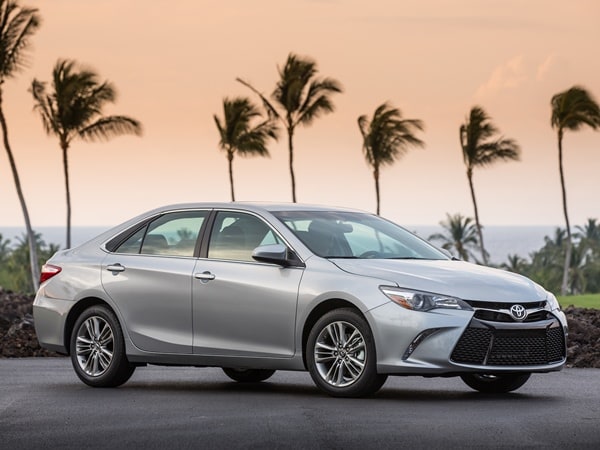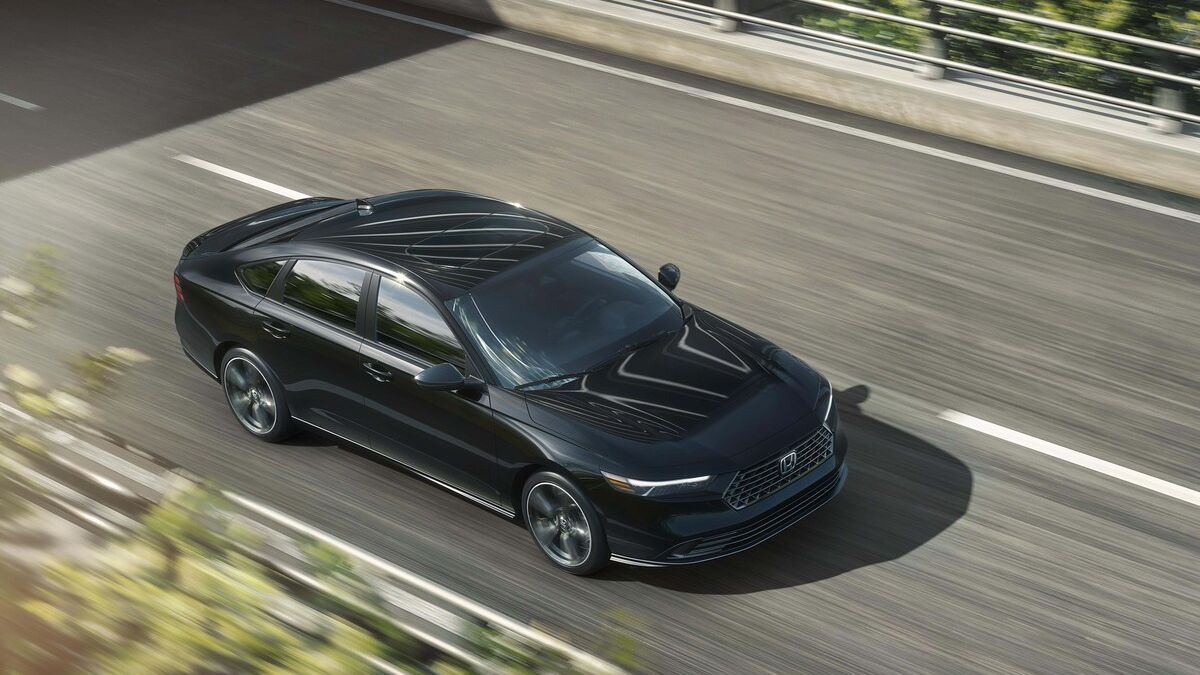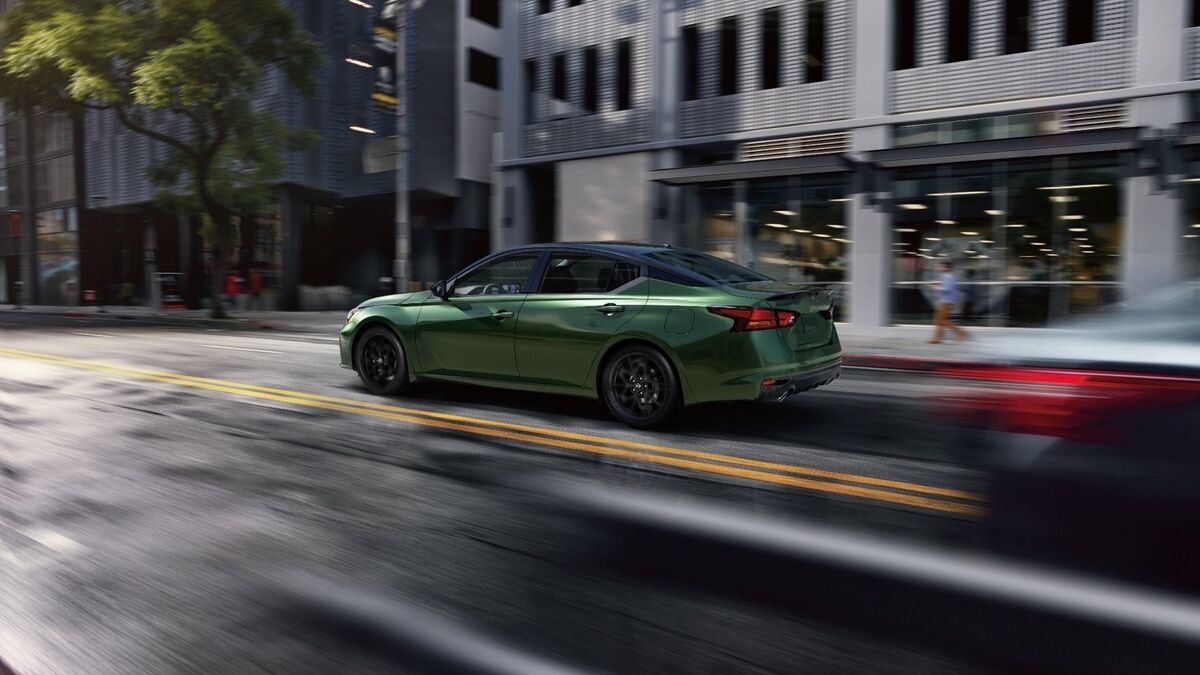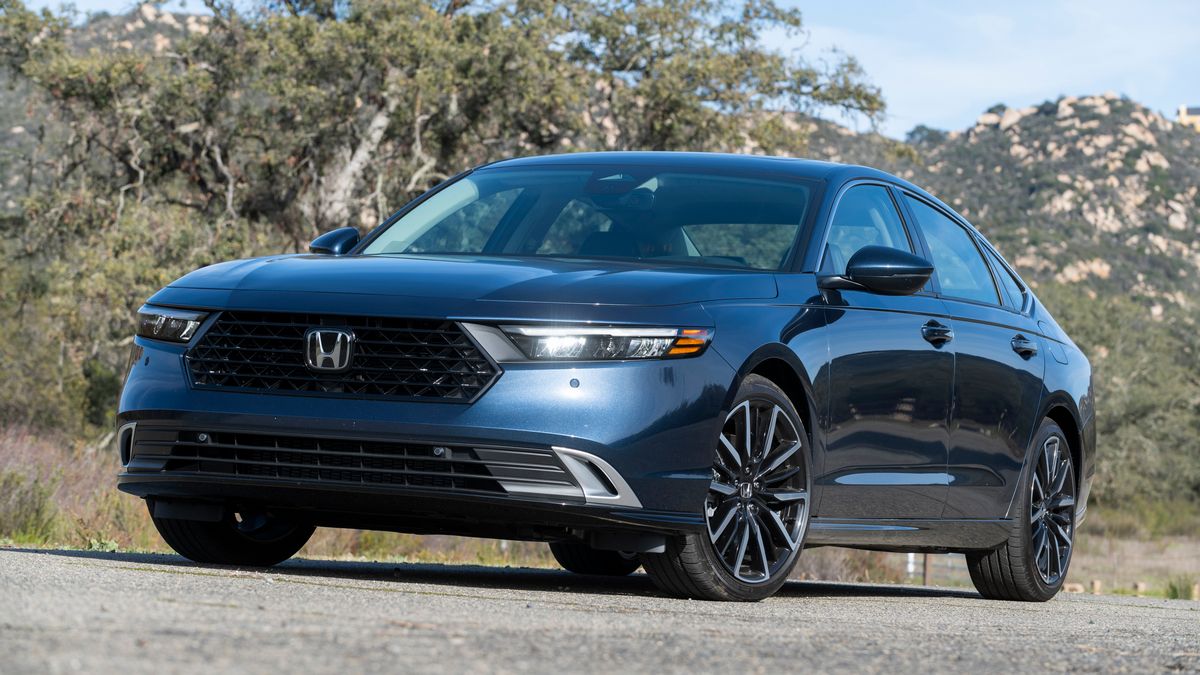As the most successful 4-door sedan on the market today, the Toyota Camry is an undeniable point of pride for the Japanese automaker. Last year Toyota sold 429,355 Camrys. But at the same time, the future of this quintessential family car underscores the difficult challenges that lie ahead not only for Toyota, but the industry in general.
The popularity of crossover SUVs has put a dent in sales growth for cars like the Camry, which has seen sales drop eight percent this year so far. And according to Alldata, average incentive spend on it has grown from $2,969 per car last year to $3,760. In order to keep the product fresh and volumes up, Toyota was the first manufacturer to embark on a significant facelift of the car in 2015 which was then halfway through its traditional 4-to-5 year lifecycle. The company is now working on an all-new model for 2018 and has said it will hold the line on pricing for the 2017 model relative to the current one. Other manufacturers following suit with facelifts or redesigns of models include the Honda Accord, Ford Fusion, Hyundai Sonata, Chevrolet Malibu and Nissan Altima.

The midsize car segment is one that most manufacturers are not willing to walk away from despite the added pressure of consumer shifts to crossovers and heightened competition within the category. The only exception is Fiat Chrysler Automobiles which may not replace the Chrysler 200 when the plant it is currently being built in gets switched over to Ram pickup production.
This means that car buyers should be asking themselves if they really need or want a crossover SUV. If you need one, be prepared to pay more than you would for a comparably sized (compact, midsize or large) 4-door sedan. If you just want one, think again, there may be a better deal to be had with a more traditional sedan.
Inventories, incentives grow
As shown by the slowing sales and higher incentives on the 2016 Toyota Camry, the industry continues to deal with higher inventories by resorting to increased incentives. Although the August 1 days’ supply (the number of days it would take the sell the current inventory at the current sales rate) dropped to 61 days from 65 on July 1, traditional August numbers have been lower, 59 days last year and as low as 54 in August 2012. While 60 days’ supply is considered ideal, the fact that dealer stocks are not decreasing as rapidly as they have in the past is a sign that sales are slowing despite generous incentives that began rolling out as early as the July 4th holiday.
Also: Kelley Blue Book Best Buy Awards of 2016
Subaru again leads the industry with the tightest supplies, according to Automotive News, with just 24 days’ worth of inventory. The Fiat brand has the most cars in stock with a 118-day supply, while Mitsubishi is the manufacturer with highest inventory at 107 days with 169 days’ worth of Mirages on hand.
GM reins in fleet sales
General Motors is continuing its concerted effort to rein in its sales to fleets and concentrate more on higher margin retail sales. As shown in its earnings reports, the strategy may result in lower volumes and market share, but also higher revenues and profits. Most of this scaling back is on shipments to daily rental fleets. Automotive News reports that the auto giant cut fleet sales by 35 percent in July boosting its share of retail sales to 88 percent from 83 percent a month earlier.
Meanwhile, Ford is boosting fleet sales, increasing the share by 3 points to 26 percent of total sales in July over a year earlier levels. Also significantly raising its share of fleet business are Hyundai-Kia and FCA, posting respective increases of 33.1 and 21.9 percent. As a result 22 percent of Hyundai-Kia July sales went to fleets, up from 17 percent, while FCA’s fleet sales now stand at 17 percent, up from 11 percent.
Lower-margin fleet sales can have a negative impact on both residual values as well as resale value when these vehicles are returned to the used car market. This means that if you’re shopping for a late model used car or Certified Pre-Owned unit, you are more likely to find a better deal on those brands that have a high penetration of fleet sales. If you’re buying a new car, manufacturers with little or no fleet sales, like Honda, which sells 98 percent of its product to the retail market, tend to have better residual values.
Interest rates edge up
With an economy that is sending off conflicting signals, the Federal Reserve is reversing its earlier go- slow signals on raising rates and hinted that it might look at an increase sometime in September. Earlier reports had the Fed putting off higher rates for the balance of the year.
Also: Class of 2017 – New Cars Ready to Roll
There has already been an impact on auto lending as Bankrate.com reports that interest rates have edged up slightly on both new and used car loans. The average for a 5-year loan now stands at 2.97 percent (still at historic lows), up from 2.94 percent. That rate represents about $180 per month on every $10,000 borrowed. The average rate on a 4-year used car loan increased to 2.85 percent, up from 2.81 percent. A 5-year used car loan now stands 2.86 percent up 0.01 percent. A 4-year new car loan is 2.91 percent, also up 0.04 percent.
The rundown
The half-ton version of Nissan’s new full-size pickup is ready to roll. We get behind the wheel in this first review of the 2017 Nissan Titan.
Hyundai has replaced its flagship Equus sedan with a new model under the new Genesis luxury division. Ride along as we take our first drive in the 2017 Genesis G90.
At this week’s Dream Cruise in Detroit, Dodge takes the wraps off two new special edition models in the form of the 2017 Dodge Challenger T/A and Daytona Charger.
In the market for a new car? Explore these useful tips on how to get the best deal:
Kelley Blue Book’s Complete Guide to Incentives
All you need to know about leasing
Which dealer services are right for you?
What to look for in your next economy car







